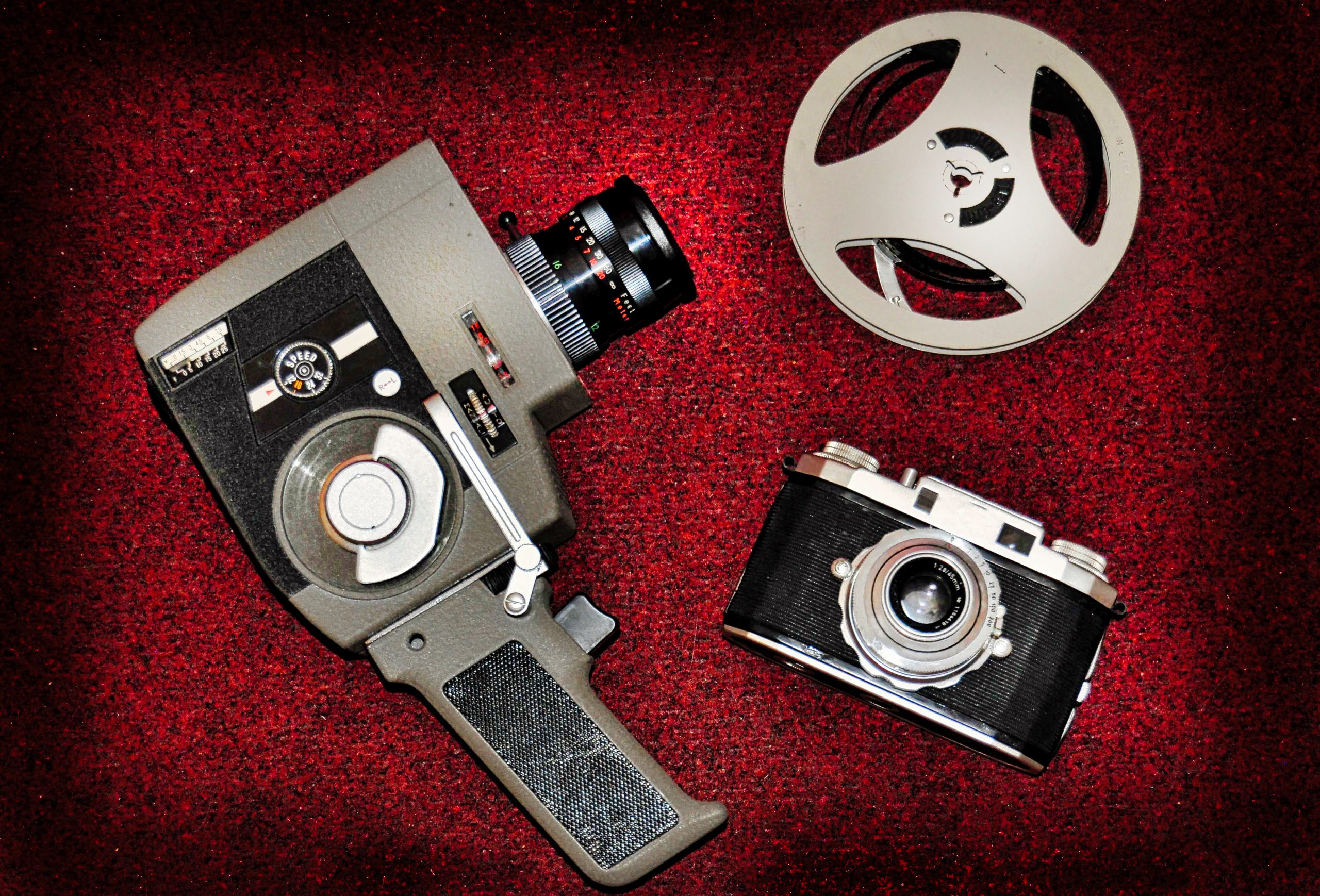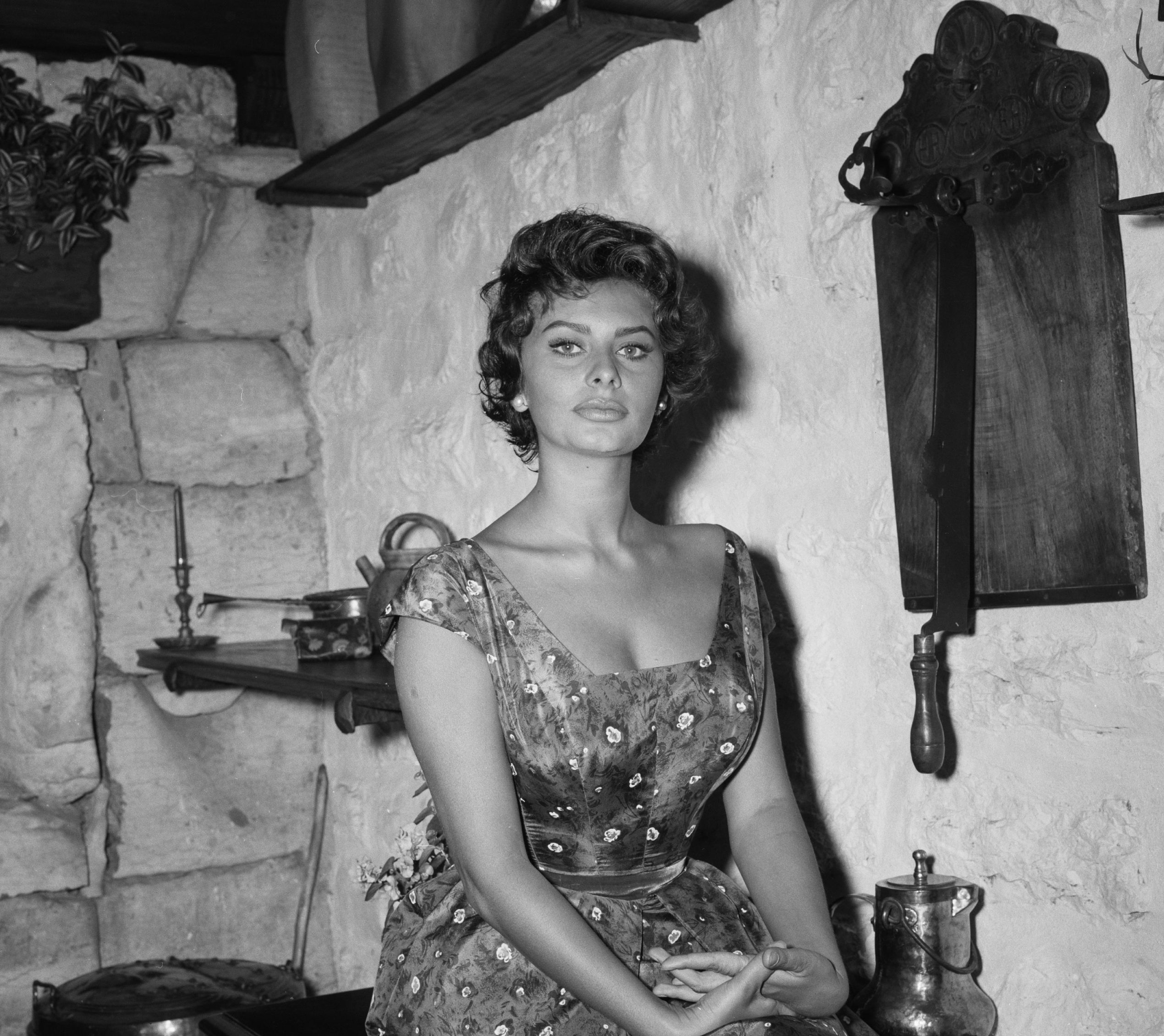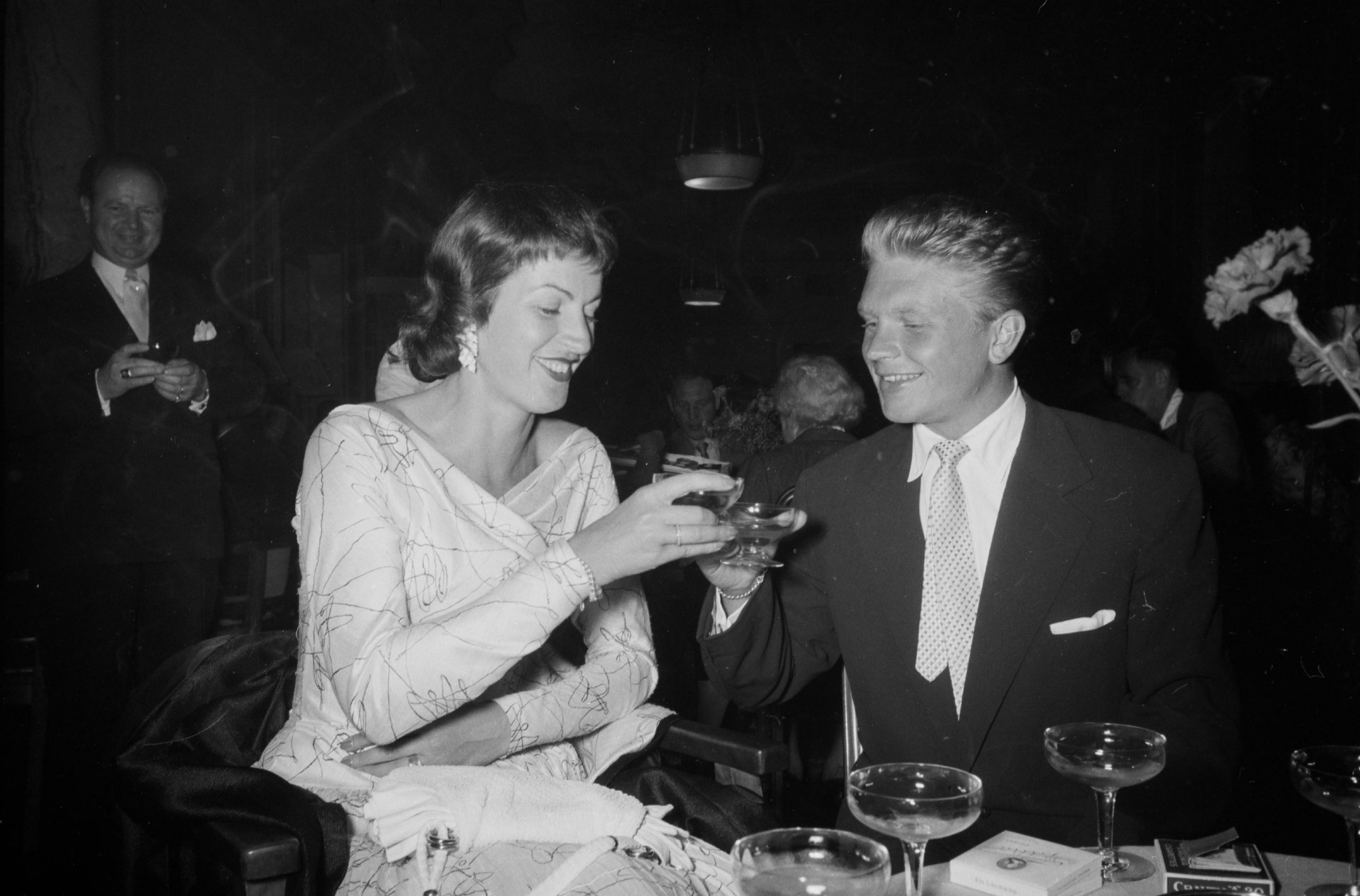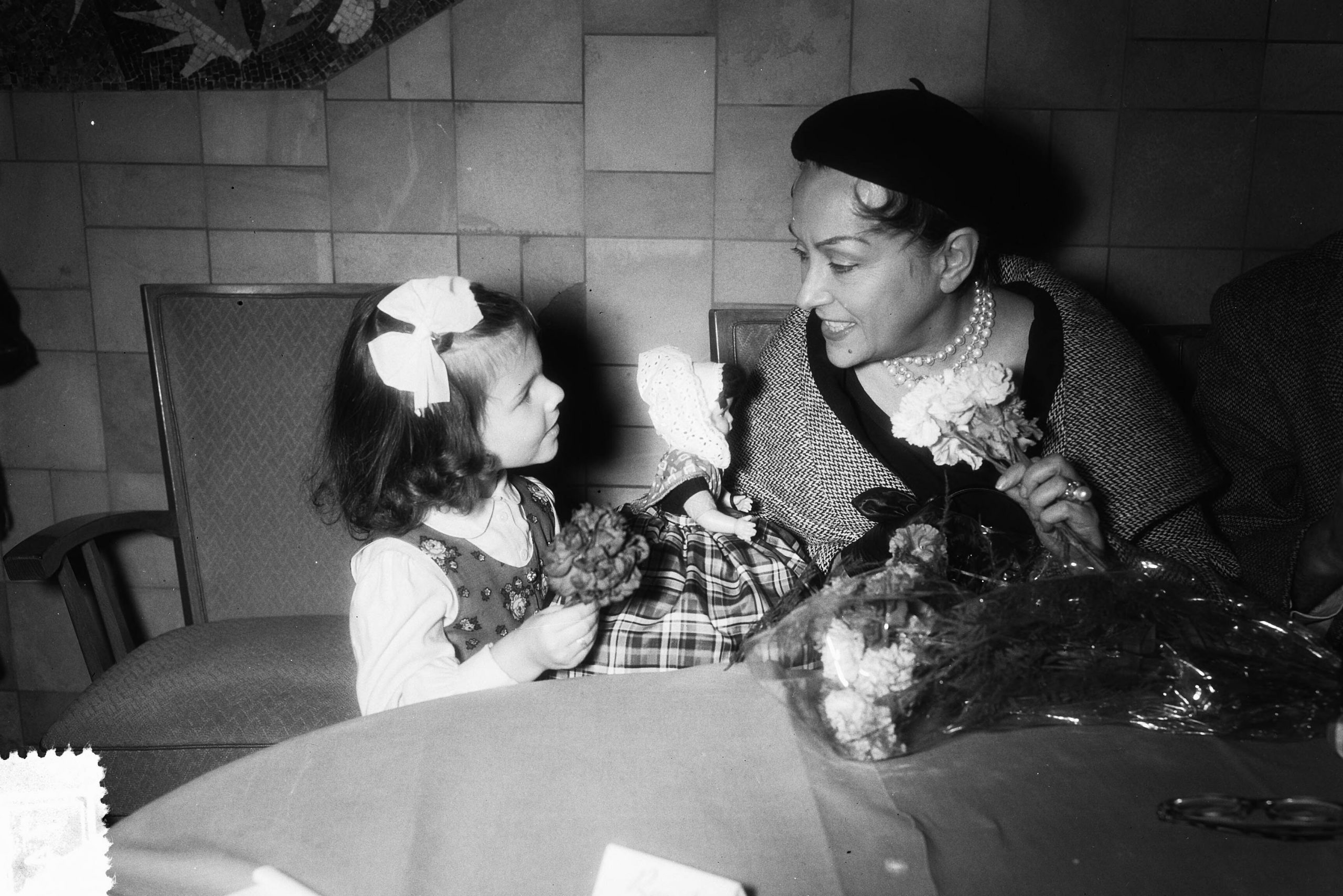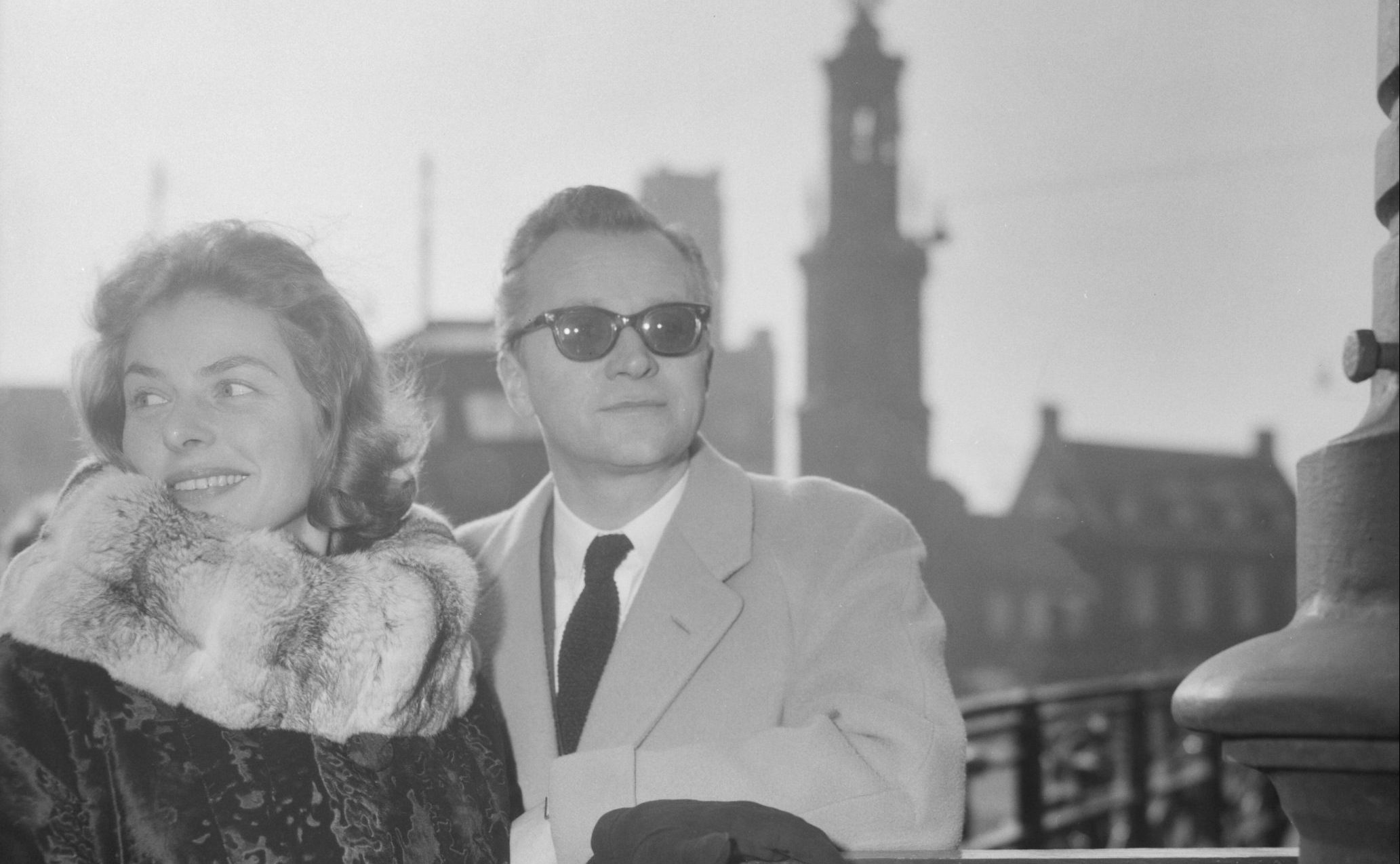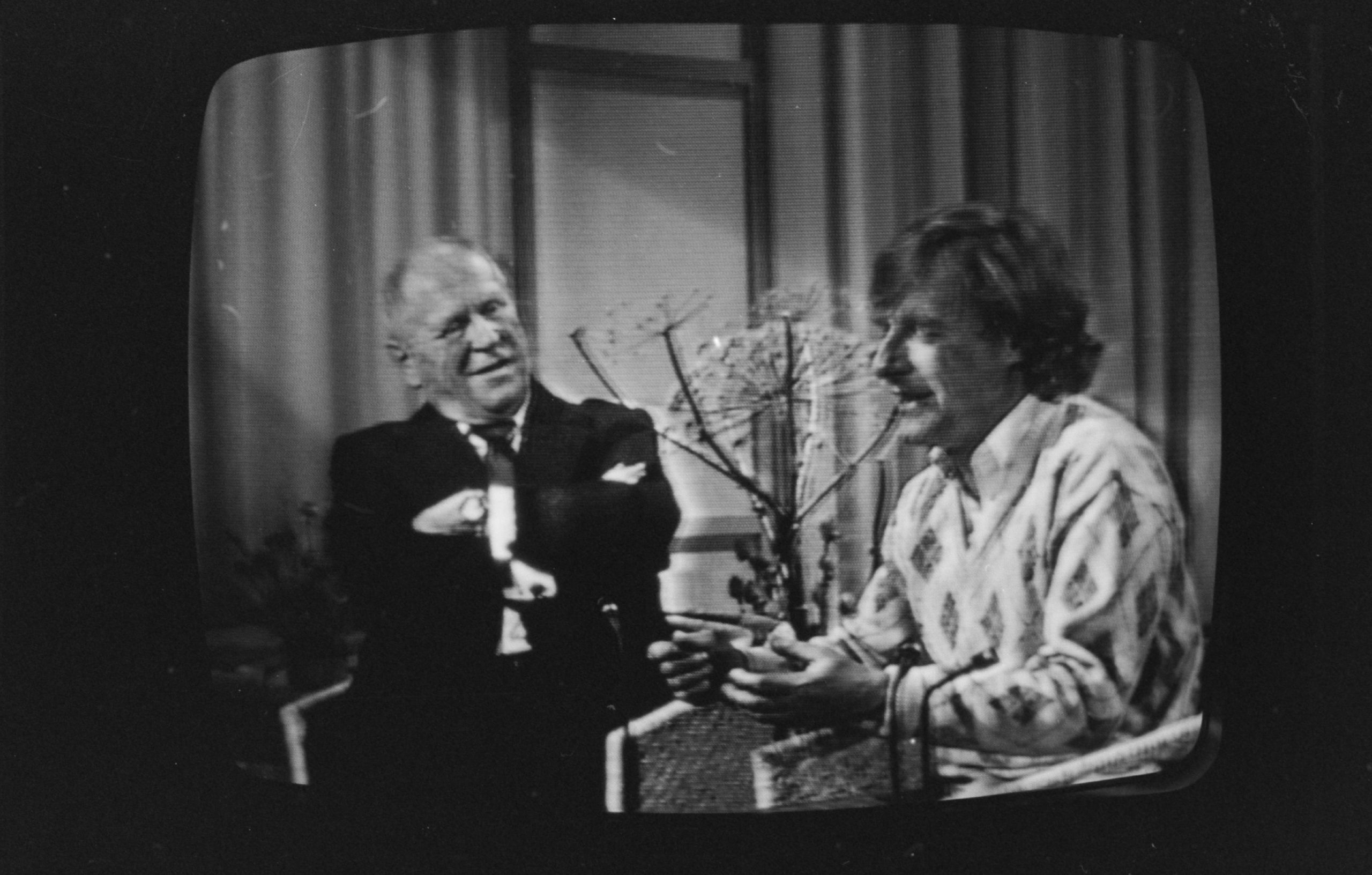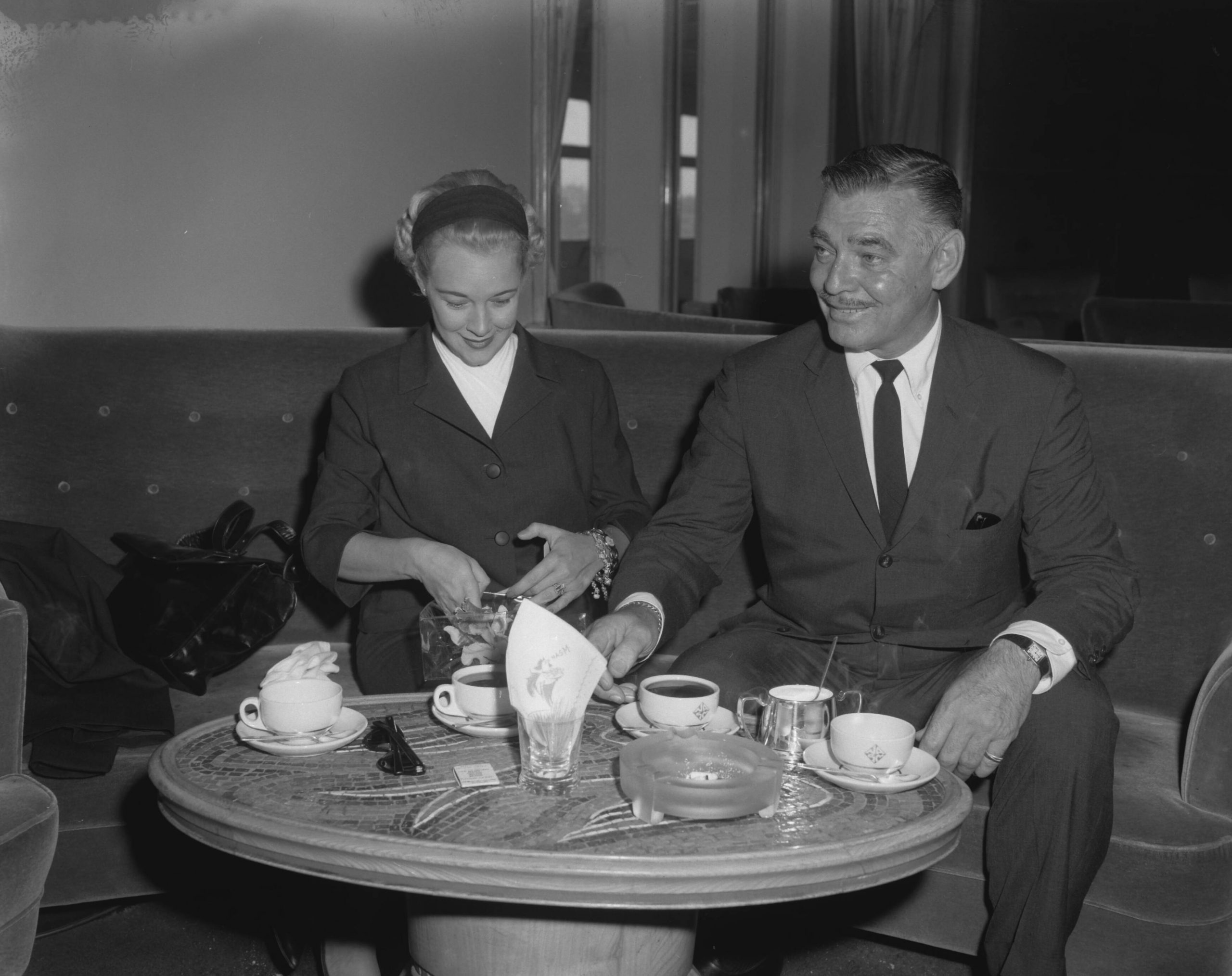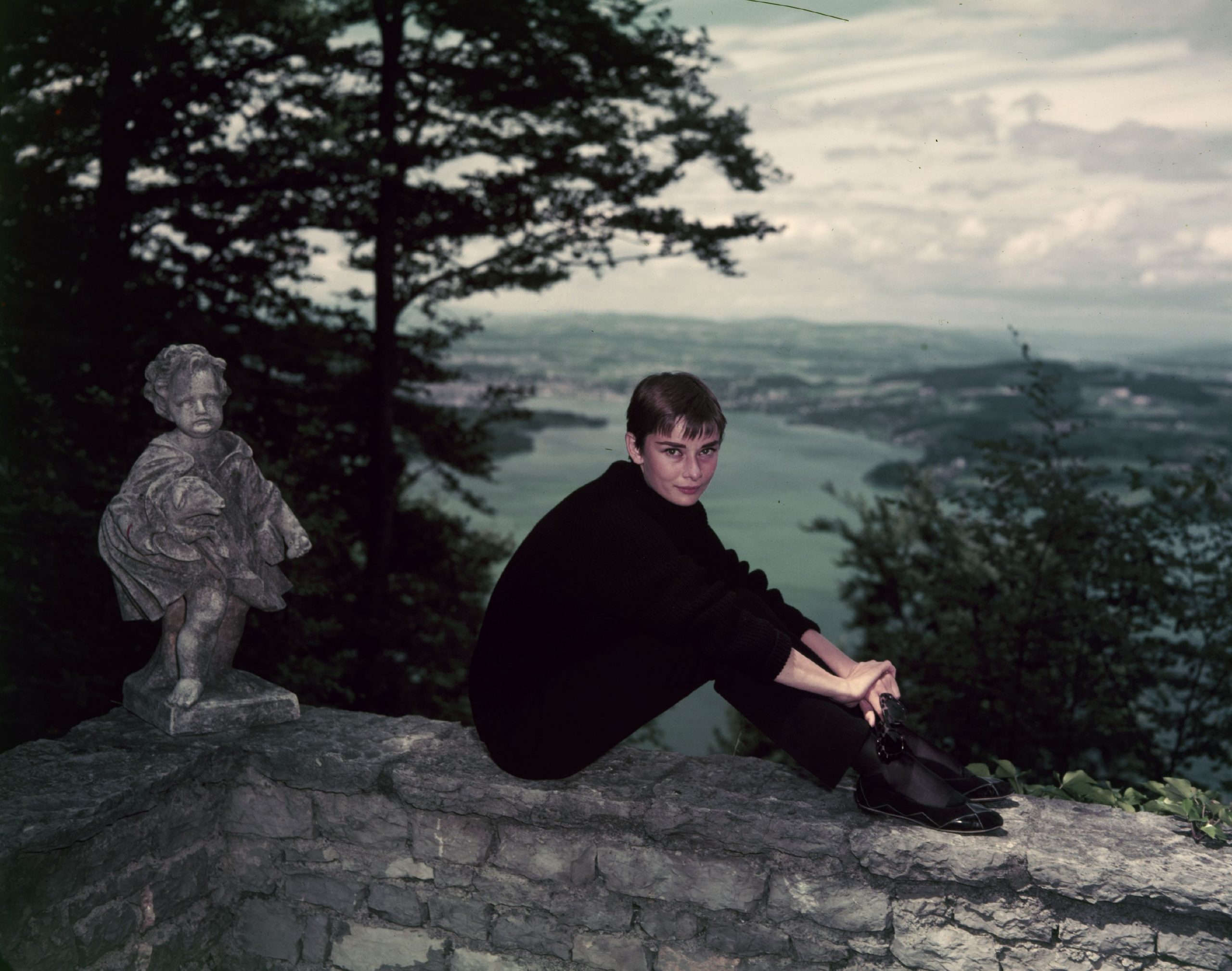Continued from part one
After Hollywood had made him several offers, he decided to accept the film offer of The Silver Chalice (1954), in which he was to play one of the leading roles. Paul Newman set off by car on the almost 4,500-kilometre journey from New York to California: although it was his first major Hollywood role, Newman was completely disappointed by the project. At about the same time, East of Eden (1955) was being filmed with James Dean in the leading role. The two met in the studio – according to Newman’s memoirs, James Dean pitied the young Paul Newman for having to star in a film like The Silver Chalice.
Rocky Graziano
In 1956, Paul Newman played the role of boxer Rocky Graziano in the film biography Somebody Up There Likes Me. Steve McQueen played the first supporting role of his film career in the film. Originally James Dean had been chosen for the role of Rocky Graziano, but Dean died shortly before filming began.
Paul Newman did not take it lightly to embody the boxer on screen: Newman met with Graziano and carefully studied the personality he was to play. Director Bob Wise later commented that because of Paul Newman’s meticulous approach to the material, the film became a profound biographical work.
Paul Newman was nominated for his first Academy Award for his role in Cat on a Hot Tin Roof (1958) alongside Elizabeth Taylor.
After the release of Hud, Paul Newman was a sex symbol.
Image as a sex symbol
In the sixties, Paul Newman advanced to become the film star that is still known all over the world today: Producer and director Martin Ritt later commented that Newman was still unaware of the celebrity he had become during the filming of The Long, Hot Summer (1958).
When Martin Ritt wanted to make the western drama Hud (1963) a few years later, he remembered his work with Paul Newman on The Long, Hot Summer.
Ritt presented the project to Newman and Newman decided to take part in the project – Ritt later emphasised that without Newman he would never have been able to realise the project.
After the release of Hud, Paul Newman was a sex symbol: the collaboration between Martin Ritt and Paul Newman proved to be extremely beneficial for both film creatives. Ritt got the opportunity to realise his Western projects and Newman was able to expand his image as a sex symbol.
Connery and the chillies
Ritt and Newman worked together again for the film Hombre (1967). In the film, Paul Newman plays the role of John Russell, a white man raised by Apaches. Although the film is one of his Newman’s most famous, Newman writes in his memoirs that he was dissatisfied with his work in the film. Filming proved to be extremely tedious: difficult weather conditions made shooting in Arizona a challenge for the entire film crew.
Diane Cilento, Sean Connery’s wife at the time, played the female lead in the film. Connery was just at the height of his 007 fame.
Newman later recalled how Connery visited the film crew on set and visited a local restaurant with Newman. On the table was a plate of the hottest chillies one can imagine: There are chillies that bring tears to one’s eyes even in the smallest quantities. Connery ate a whole handful of these peppers and Newman was already waiting to see the man who was James Bond breaking down in tears. But nothing of the sort happened: it was as if Connery had just shoved a plain slice of bread into his mouth. Newman never forgot this situation for the rest of his life.
Cool Hand Luke
Before Paul Newman played his role in Hombre, he visited an Indian reservation in New Mexico to learn about Indian customs and culture. Although Newman himself may never have been entirely satisfied with his embodiment of the half-Apache John Russell, this film is without doubt one of his most convincing works as an actor.
In his memoirs, Paul Newman recounts how he once came out of a bar slightly drunk and was arrested by the police for allegedly hitting a fire hydrant with his car, running a red light and accosting police officers. Under great publicity, Newman was sent to jail – but the judge dismissed the case.
The character of Luke Jackson, played by Newman in Cool Hand Luke (1967), had a different fate. Luke, a decorated soldier, is sent to prison for two years for smashing parking meters while under the influence of alcohol. It’s quite possible that Newman was working through his own more benign experience in this highly dramatic prison drama – what might have happened if he hadn’t been Mr Newman?
Paul Newman celebrated the peak of his acting career without question in the sixties.
The racing driver Paul Newman
After starring in Winning (1969), Paul Newman became fascinated with car racing: Newman advanced to become a successful racing driver who, among other things, took part in the 24 Hours of Le Mans in 1979. Paul Newman won his last race a few months before his death.
Paul Newman celebrated the peak of his acting career without question in the sixties: But he also played in numerous top-class films in the seventies – for example in The Towering Inferno (1974), alongside Steve McQueen.
The Sting, 1973, which won no less than seven Oscars and starred Paul Newman and Robert Redford, is also one of the highlights of Newman’s acting career in the 1970s.
Late work and legacy
Until shortly before his death, Paul Newman starred in feature films or lent his distinctive voice to characters in films. Paul Newman’s late work includes the drama Road To Perdition (2002), in which Tom Hanks starred alongside Newman.
Without any doubt, Paul Newman is one of the most famous actors of 20th century cinema: he began his career on Broadway and played a wide-ranging repertoire of roles. One thing always distinguished Paul Newman: He was never one hundred percent satisfied with what he did. He made it his goal to research the background of every film role he played. As a result, Newman’s performances were always authentic and convincing.
Main source: Newman, Paul: “The Extraordinary Life of an Ordinary Man – A Memoir”, 2022 Knopf Doubleday
Cover picture: © Simon von Ludwig

 Deutsch
Deutsch